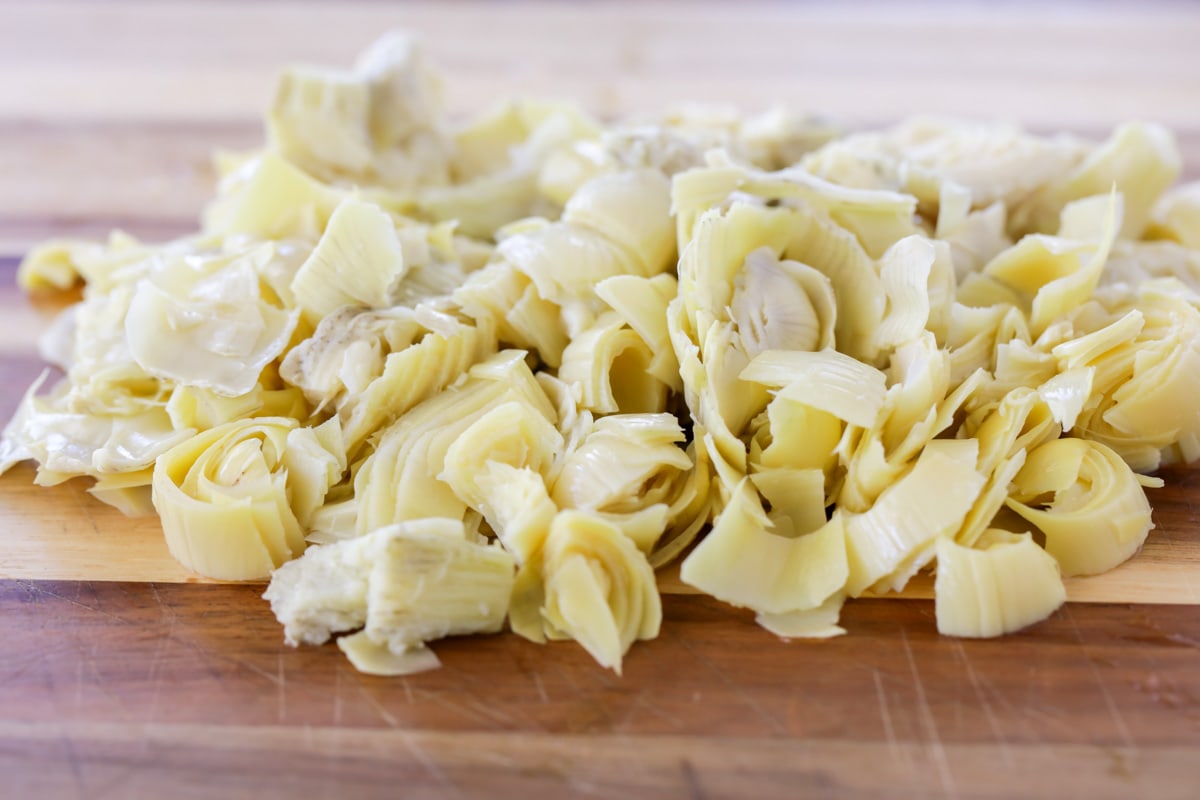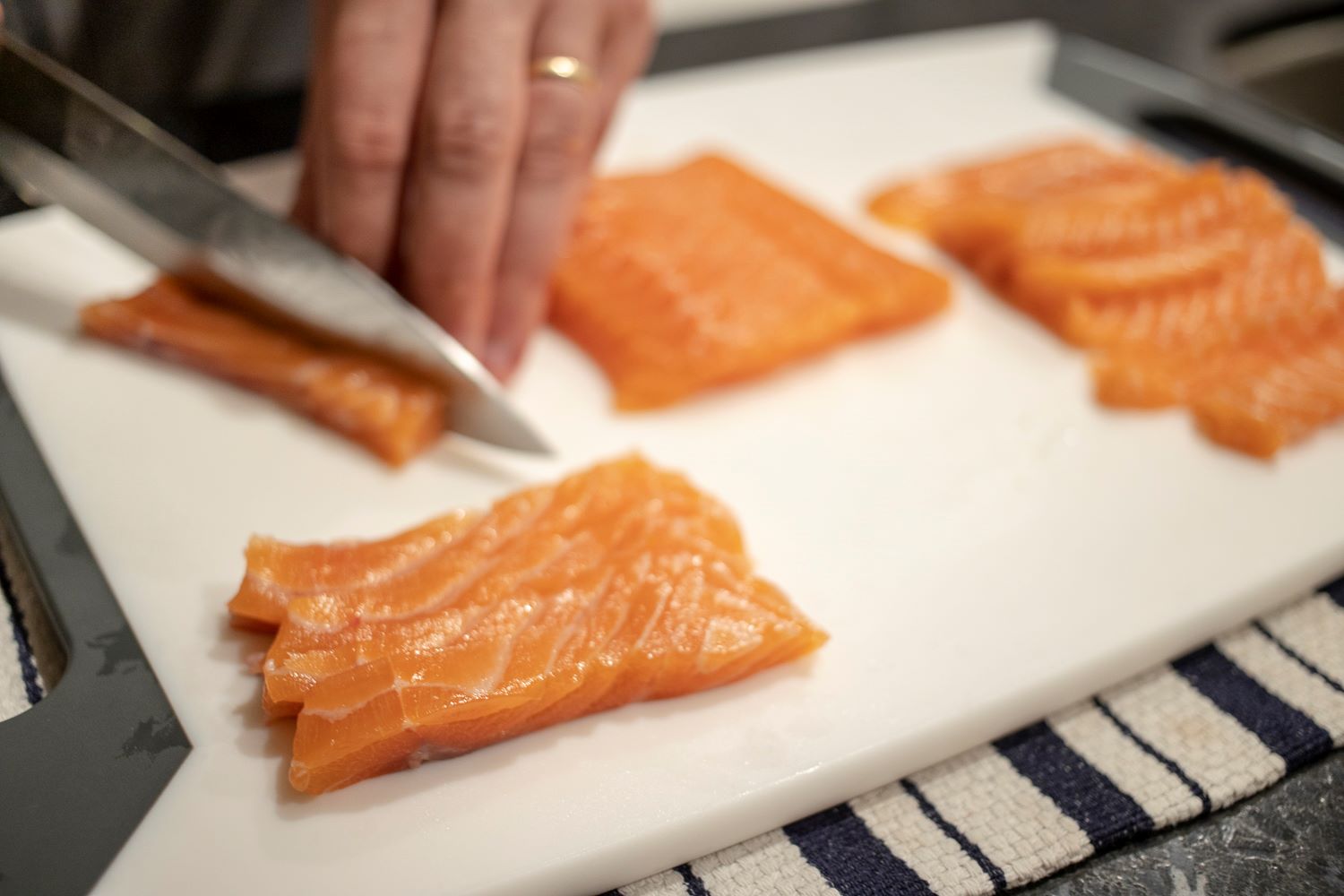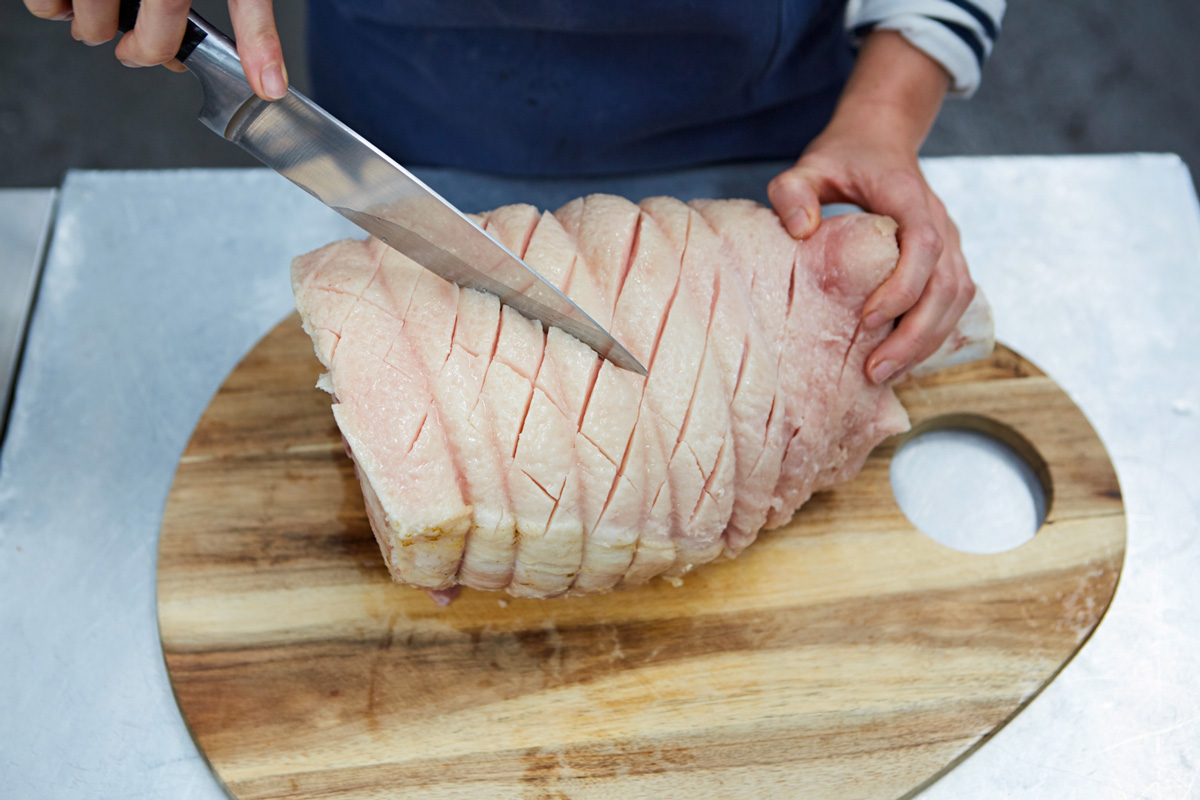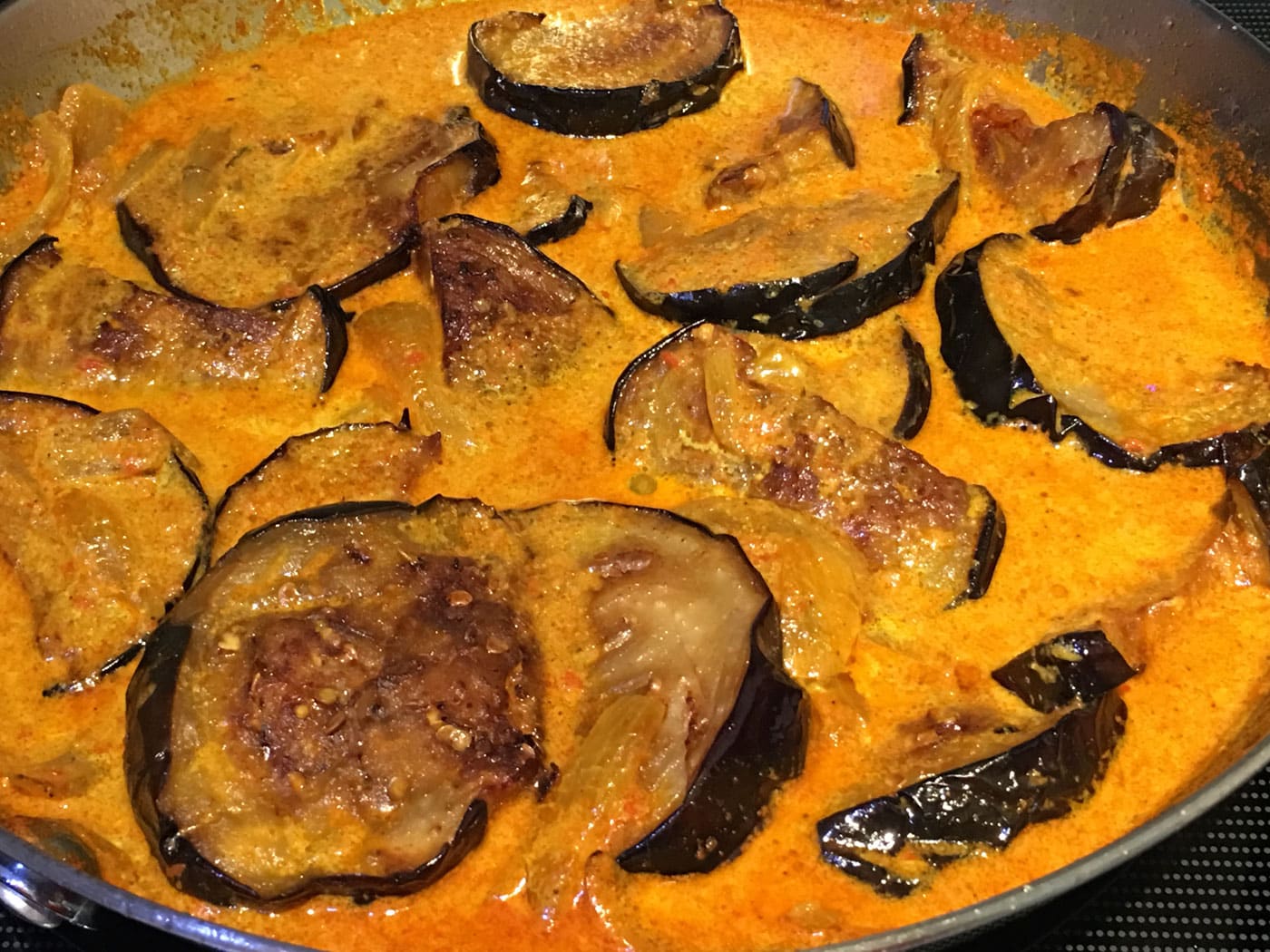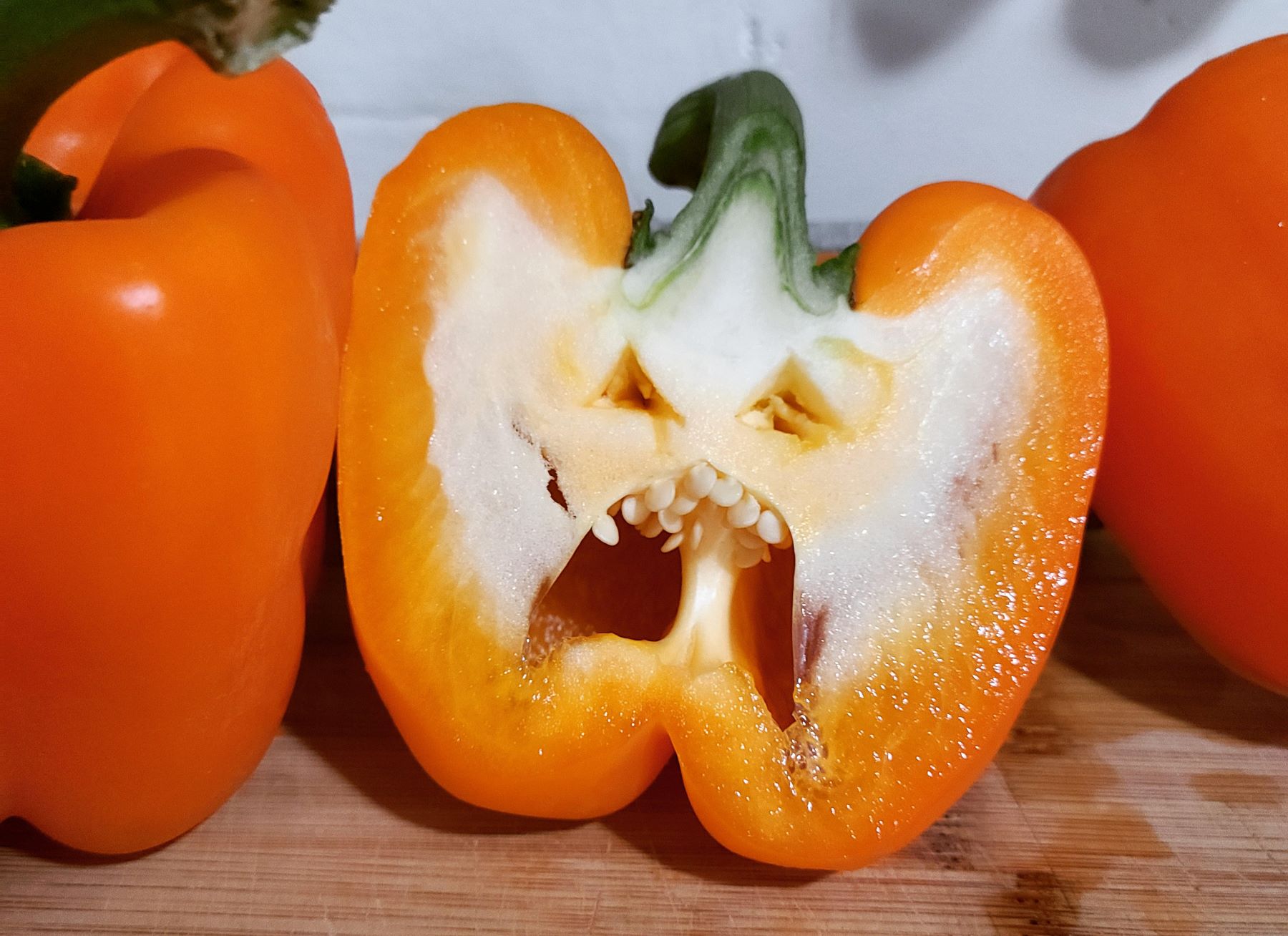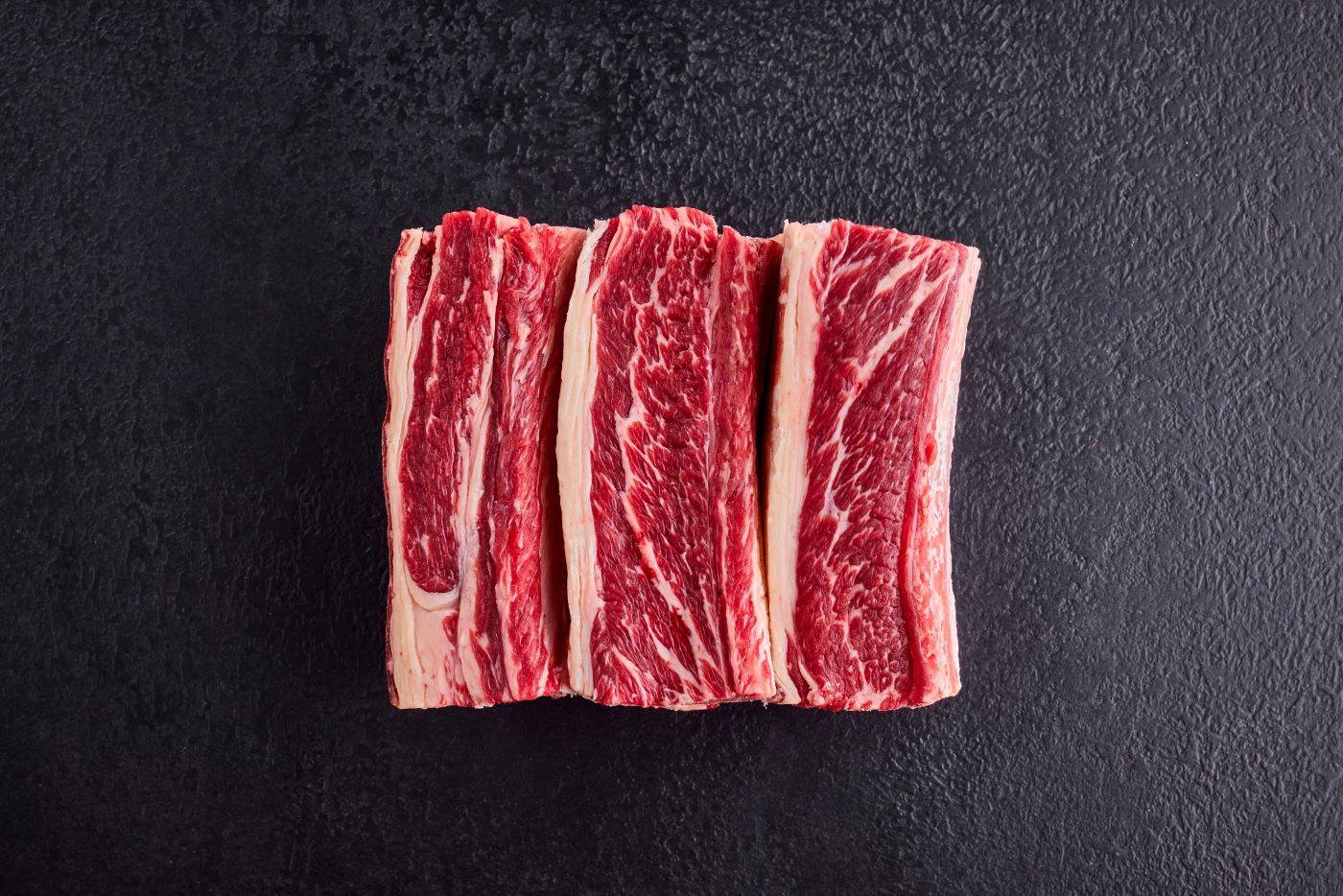How To Cut Meat Across The Grain
When it comes to enjoying a deliciously cooked piece of meat, the way it is cut can make all the difference. One important technique that every food lover should master is how to cut meat across the grain. This simple yet crucial skill can elevate the tenderness and juiciness of your meat, resulting in a more enjoyable dining experience. So, if you’re ready to take your meat-cutting game to the next level, let’s dive into the art of cutting meat across the grain.
Why Does Cutting Across The Grain Matter?
Before we get into the specifics of how to cut meat across the grain, let’s understand why it’s important. Every piece of meat has grains, which are essentially the long muscle fibers running through the meat. Cutting across the grain means slicing perpendicular to these fibers, creating shorter muscle fibers. This technique is beneficial because:
- Increased tenderness: Cutting across the grain shortens the muscle fibers, resulting in a more tender bite. This is especially crucial for tougher cuts of meat like beef brisket or flank steak.
- Improved juiciness: By cutting across the grain, you are slicing through the muscle fibers, allowing the juices to distribute evenly across the meat, enhancing its succulence.
- Better flavor absorption: When you cut across the grain, you create more surface area, which increases the meat’s ability to absorb marinades, seasonings, and sauces, resulting in a more flavorful dish.
Step-by-Step Guide: How To Cut Meat Across The Grain
Now that we understand why cutting across the grain is essential, let’s go through a step-by-step guide on how to master this technique:
- Choose the right cut: For the best results, select cuts of meat that have clearly visible grains, such as flank steak, skirt steak, or London broil.
- Identify the grain direction: Before you start cutting, take a close look at the meat to identify the direction of the long muscle fibers. The grains typically run in the same direction.
- Prepare the meat: If necessary, trim any excess fat or silver skin from the meat to ensure a clean and even cut.
- Position the meat correctly: Place the meat on a cutting board and position it so that the grain direction is running horizontally in front of you.
- Make perpendicular cuts: Using a sharp knife, slice the meat perpendicular to the grain. Aim to cut thin slices, around ¼ to ½ inch thick.
- Repeat as needed: Continue cutting across the grain until you have sliced the entire piece of meat.
Remember, practice makes perfect. The more you familiarize yourself with this technique, the easier it will become to identify and cut across the grain.
Utilizing The Technique: Flavorful Recipes To Try
Now that you have learned how to cut meat across the grain, it’s time to put your new skills to the test with some delicious recipes that will truly showcase the tenderness and flavor of your meat. Here are a few mouthwatering dishes to try:
- Grilled Skirt Steak Fajitas
- Asian Beef Stir-Fry
- Balsamic Glazed Flank Steak
- Teriyaki Beef Skewers
These recipes highlight the importance of cutting meat across the grain by enhancing the texture and taste of the final dish. So, grab your knife, fire up the grill, and let your culinary skills shine!
In conclusion, knowing how to cut meat across the grain is a valuable skill that can greatly impact the tenderness, juiciness, and flavor of your meat. By following our step-by-step guide and practicing with different cuts of meat, you’ll soon become a master at this technique. So go ahead, impress your family and friends with perfectly sliced meat that will leave them asking for seconds!
Was this page helpful?
Read Next: How To Cut A Ham Shank
